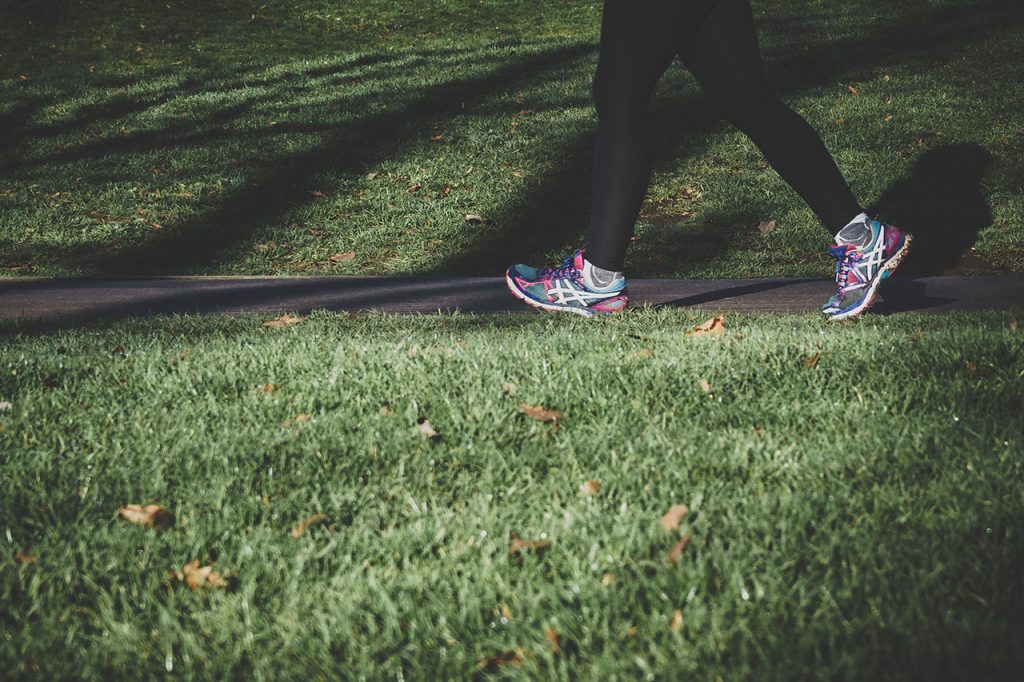Lace up your athletic shoes and take to nature’s trails, sidewalks, or treadmill — you’ve got options when it comes to walking and hiking for exercise, recreation, and adventure. But besides being on your feet, what exactly is the difference between hiking and walking?
While there’s overlap, hiking, and walking have distinct differences when it comes to terrain, physical exertion, gear needed, health benefits, and more. Understanding these contrasts allows you to decide which activity best fits your goals and interests. Let’s explore how hiking stacks up against walking.
Table of Contents
You may also want to know: How to start hiking
Hiking vs Walking: Terrain and Location
One obvious distinction is hiking involves following trails and paths that lead through more rugged natural settings. Hiking terrain can include forests, mountains, deserts, beaches, and other wilderness environments. The trail surface may incorporate rocks, uneven ground, inclines, and other irregularities. Hikes can last a few hours to multiple days.
Walking, on the other hand, generally sticks to more developed, flattened, and consistent surfaces like sidewalks, tracks, and treadmills. With walking, you might explore a neighborhood, park, or indoor gym in an urban area or suburb. Walks typically last anywhere from 20 minutes to a couple of hours.

Hiking vs Walking: Physical Intensity
Hiking often requires greater physical exertion compared to walking. The irregular trail surfaces mean you’re engaging your core muscles to balance and negotiate obstacles like rocks or roots. The routes also incorporate steep ascents and descents that raise your heart rate as you work against gravity. Your leg and core muscles get strengthened stabilizing your body on hiking’s uneven terrain.
Walking on flatter, consistent surfaces like a street generally means less intense cardio exertion and muscle engagement. You can more easily maintain an even, steady walking pace compared to the starts and stops of trail hiking. This makes walking better suited for recovery days. That said, you can increase a walk’s intensity through strategies like intervals.
Hiking vs Walking: Gear Needed
Hiking involves more specialized gear to handle the challenges of natural environments. Essential hiking gear includes:
- Sturdy, ankle-supporting hiking boots or shoes with good traction
- Poles for stability and reducing leg strain
- Multi-functional clothing that wicks away sweat and protects from the elements
- Hydration backpack to drink plenty of water hands-free
- First aid supplies, maps, and other trail essentials
For regular walks, you can wear comfortable athletic shoes suited for concrete and bring minimal supplies beyond keys, a phone, and a water bottle. Treadmill walking requires even less — just workout clothes and athletic shoes.
Hiking vs Walking: Risk Level
The remoteness of trail hiking also means increased injury risk if you trip, get lost, or experience an emergency far from help. Walking on maintained urban and suburban surfaces is typically safer physically. But in hiking, the greater risk factor is part of the allure and sense of adventure. Start with easier hikes to gain skills and experience before progressing to advanced routes.

Hiking vs Walking: Social Experience
Both hiking and walking can be great social activities done with family, friends, or clubs. Walking lends itself well to conversation, while hiking offers more immersive shared experiences in nature to bond over. Hiking tends to attract those seeking a bit of an adrenaline rush and escape from city life. Urban walks have broader appeal across personalities and fitness levels.
Hiking vs Walking: Accessibility
For those with disabilities or limitations, the flatter, paved terrain of walking is generally more accessible than hiking’s varied trail surfaces. However increased hiking accessibility is an important goal, and organizations like Able Trek offer adaptive hiking gear for veterans, amputees, and others. Walking ultimately allows those of all abilities to enjoy moving through outdoor spaces.
Hiking vs Walking: Physical and Mental Health Benefits
Both hiking and walking offer stellar physical and mental health benefits, including:
- Improved cardiovascular fitness
- Increased muscle strength
- Stress relief
- Positive mood from endorphins
- Mental clarity from being outdoors
However, hiking provides the added benefits of lower-impact cardio, increased core workout, and feeling more immersed in nature. Walking can be done almost anywhere as part of daily life routines. Ultimately, both deliver excellent mind/body wellness advantages.
In summary, while hiking and walking involve putting one foot in front of the other, their differences in terms of intensity, terrain, location, gear, and more impact the overall outdoor experience.
Evaluating your personal fitness level, accessibility needs, risk tolerance, and interests helps determine if walking or hiking better meets your goals. Many alternates between both types of movement for a well-rounded workout routine.
So set your sights on urban walking paths or far-reaching trail networks. Whichever option you choose, moving your body in the great outdoors provides rewards for both physical and mental well-being.

Related Links:
https://en.wikipedia.org/wiki/Hiking




